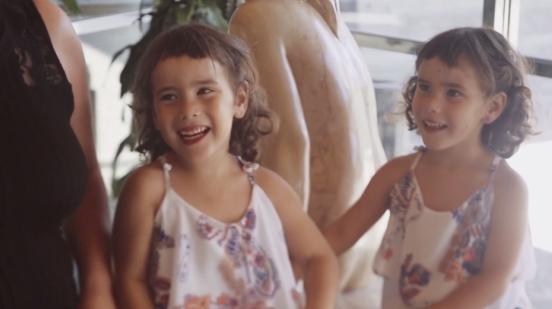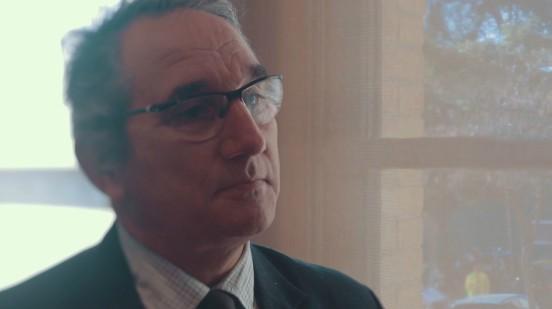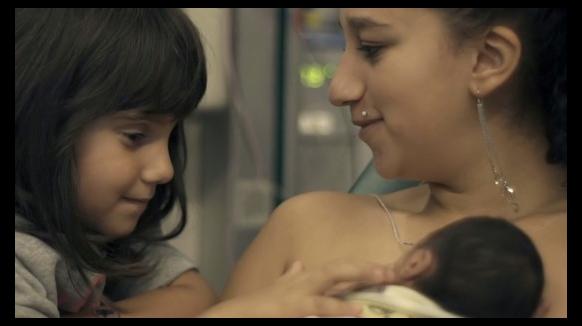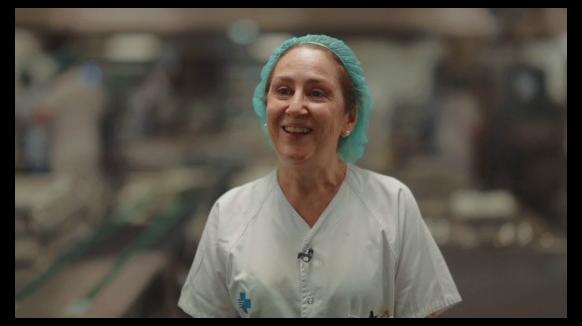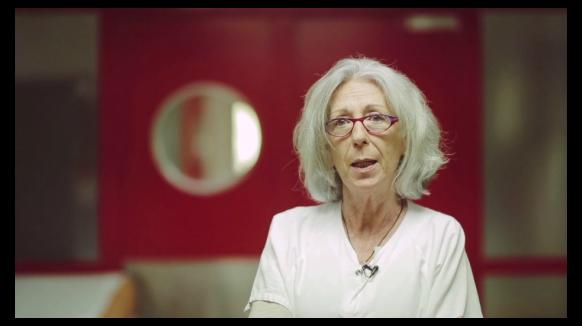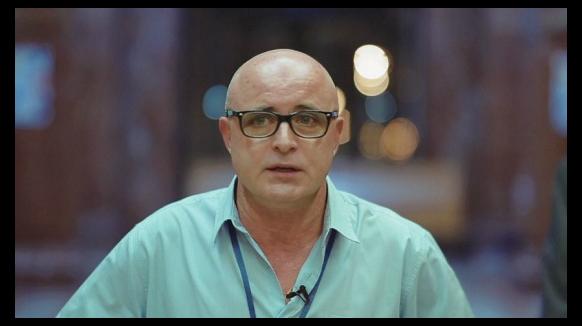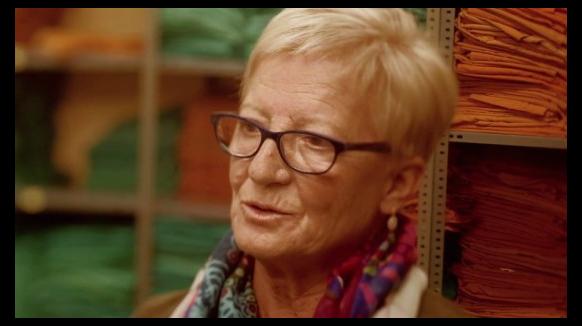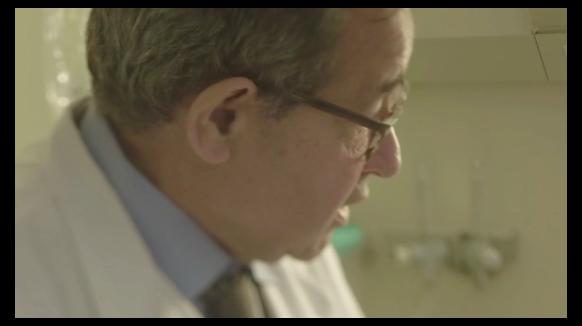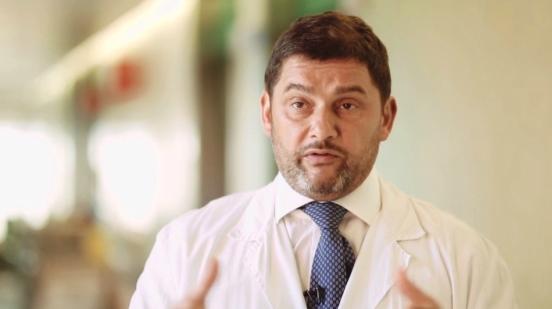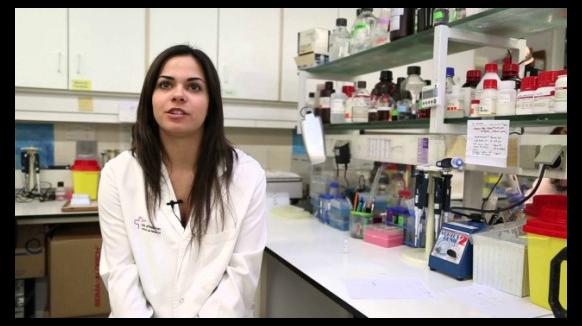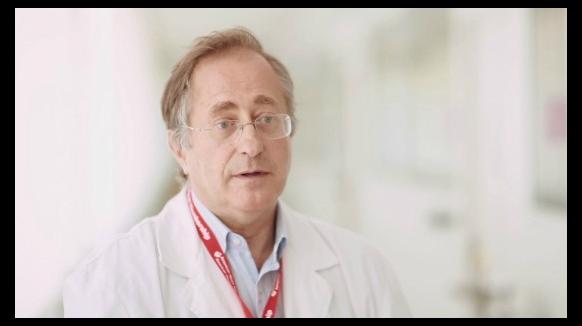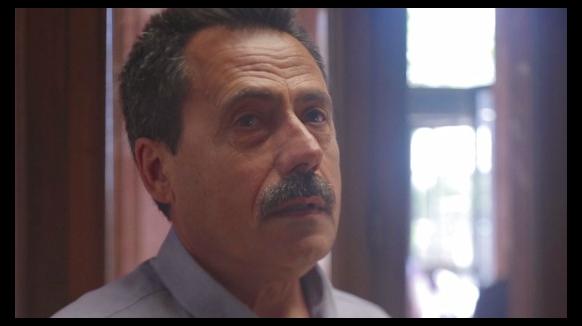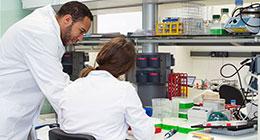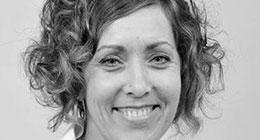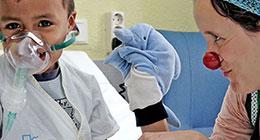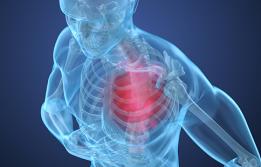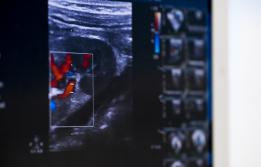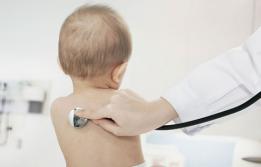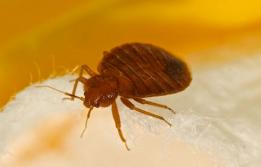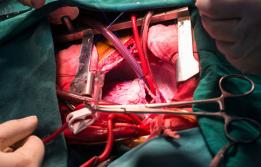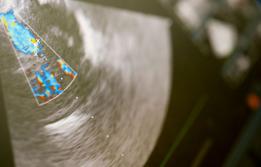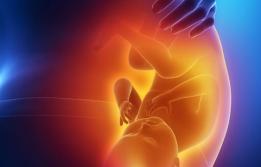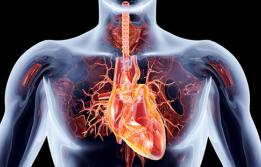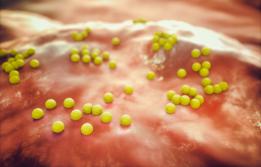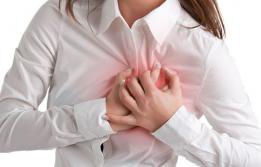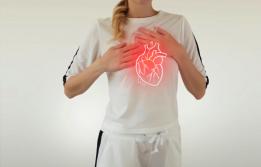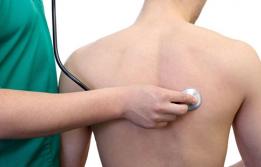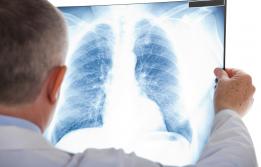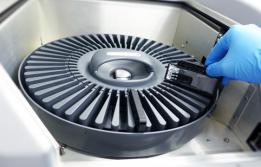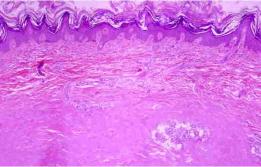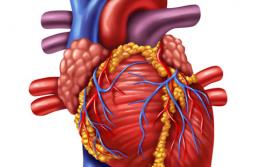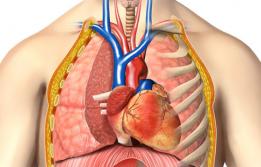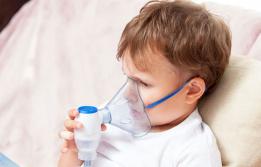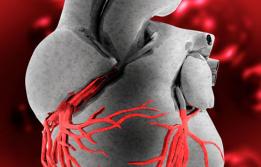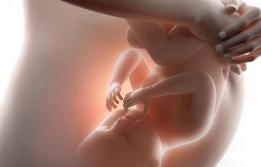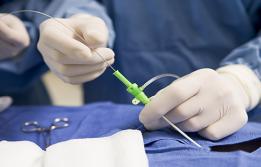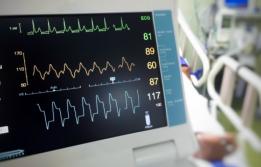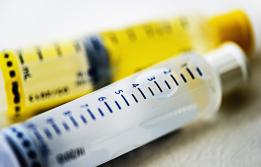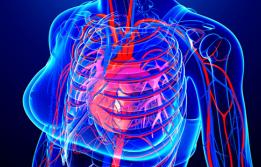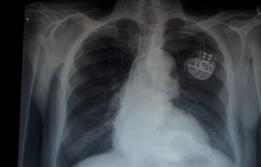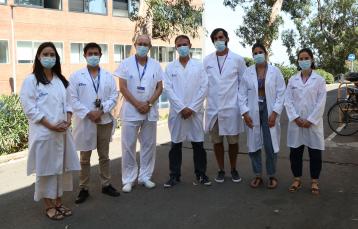Diagnostic and Interventional Haemodynamics
The Cardiology Department Haemodynamics Unit diagnoses and treats diseases of the coronary artery, other parts of the heart, such as valves, and congenital defects. The majority of these procedures are carried out by inserting a catheter into the radial artery in the arm. In a few cases, it is inserted into the arteries in the leg.
These procedures are used to treat acute myocardial infarctions and chronic coronary artery obstructions. They also enable intervention within the heart to change malfunctioning heart valves or repair heart defects. These procedures are also carried out on children and adults with congenital diseases.
Description
The Vall d’Hebron Haemodynamics Unit is a centre of excellence with extensive experience in coronary procedures. It has three theatres for operations, one of which is shared with the Arrhythmia Unit. Another one is used for hybrid procedures, with simultaneous participation of specialists in haemodynamics and experts in cardiac surgery.
The unit has the technology and materials needed to carry out any kind of procedure, such as:
- rotational angiography
- optical coherence tomography
- pressure guides
- thrombosis capture systems
The unit is equipped to carry out operations with ventricular assistance and support with extracorporeal membrane oxygenation. It has been working in collaboration with the Pneumology Department for more than 35 years. They combine to treat pulmonary hypertension and to make the assessment before proceeding with lung transplants. The unit is a national benchmark in this field, which is 12% of its total work. It also collaborates with other hospitals internationally.
The haemodynamics laboratory has advanced anaesthetic and cardiac resuscitation equipment, along with transthoracic, transoesophagal and intracardiac echocardiography. It has specialists working in it for paediatric procedures and for adults with congenital diseases. This guarantees care for patients of any age.
In 2019, the Haemodynamics Unit carried out:
- 2,165 diagnostic catheterisations
- 1,360 therapeutic catheterisations. 1,036 of these were angioplasties, of which 304 were angioplasties in the acute phase of a heart attack.
It was the unit carrying out the most aortic valve implants in Catalonia for the twenty-third consecutive year. Some of these procedures were done using world-leading cutting-edge optimisation techniques.
Thanks to the collaboration between specialists, more than 190 procedures are carried out on children and more than 80 on adults with congenital heart disease each year. The Cardiology Department takes part in all the structural cardiopathy programmes that need it. It also carries out hybrid procedures in surgery once a month.
Diseases related to this speciality
Acute myocardial infarction and other acute heart diseases
The majority of the procedures in the Haemodynamics Unit relate to ischaemic heart disease. This occurs when cholesterol plaques build up in the coronary arteries. These take the blood to the myocardium, the heart’s muscle tissue that pumps the blood around the blood stream. When the blood flow in the coronary arteries decreases, an ischaemia or acute myocardial infarction occurs. It usually causes a pain similar to pressure on the chest, known as chest angina. When the coronary artery is completely obstructed, an acute myocardial infarction occurs which causes heart cells to die. It is a serious illness and requires the artery to be opened immediately. This is usually done with a catheterisation. The patient is subsequently admitted to the Cardiology Critical Care Unit.
The Cardiology Department Haemodynamics Unit at Vall d’Hebron treats infarctions with catheterisation 24 hours a day, 365 days a year. It is one of the benchmark hospitals providing continuous care for this illness in Catalonia.
Heart valve disease
The majority of heart valve diseases can only be treated with cardiac surgery. When the disease is degenerative, due to age and ageing, techniques such as an aortic valve implant or a MitraClip can also be used. To decide on suitable treatment, the “heart team” intervene. This is a multi-disciplinary team, consisting of clinical, surgical, cardiology, imaging and anaesthesia experts and specialists in critical cardiac care.
Paediatric and adult congenital heart disease
The most frequent heart disease is congenital. Techniques to treat congenital defects via the skin often supplement reconstructive surgery. Vall d’Hebron is a worldwide benchmark for this operation on people of all ages. Paediatric treatments have been developed to adapt to children’s growth and evolution.
Pulmonary hypertension/lung transplant
Increase in pressure in the pulmonary arteries may be a secondary disorder to other cardiac or pulmonary disease, or also may be a primary problem. The treatment for this disease requires monitoring to control the pressure’s reaction to the drugs. The patient can be monitored using right heart catheterisation and using the vascular/pulmonary remodelling study with intravascular ultrasound. Patients having a lung transplant must undergo a series of cardiac tests beforehand, to ensure the success of the operation. The tests are catheterisation and coronary revascularisation. Catheterisations are also done in a situation of isometric and dynamic physical exercise to assess the heart’s response to the effort.
Treatments and diagnostic tests related to this speciality
The Haemodynamics Unit carries out interventional diagnostic and interventional therapeutic catheterisations.
Interventional diagnostic catheterisations
The most usual is the study of the heart’s anatomy using a coronary catheterisation. The procedure consists of inserting a catheter into an artery in the forearm or leg until it reaches the coronary artery. The catheter allows the radiocontrast agent to be introduced in order to visualise the artery using radioscopy. Specific material may also be inserted to unblock the artery.
Other diagnostic procedures using a catheter are as follows:
- Haemodynamic and angiocardiogram diagnostics for congenital or acquired heart disease that cannot be diagnosed with other cardiac or cardiovascular explorations
- Pulmonary arterial hypertension study
- Cardiac study prior to a lung transplant
- Endomyocardial biopsy
Interventional therapeutic catheterisations
These are procedures via the skin that enable the treatment of some heart diseases and lesions without surgery.
The most common is coronary angioplasty. This consists of unblocking the coronary artery using a catheter. This is often done in the acute phase of a myocardial infarction, along with suction of the thrombosis that obstructed the artery and caused the infarction. The catheter is also used to insert a stent, a small cylindrical mesh, to completely open the coronary artery at the obstruction point.
The unit carries out other procedures, such as:
- Aortic valve implants. This treatment consists of inserting an artificial valve made of biological material via a catheter, to replace the ailing aortic valve.
- Repair of the mitral valve in cases of insufficiency. A small device is inserted to suture the defective mitral valve and reduce insufficiency.
- Repair of congenital cardiac defects, such as atrial septal defect or patent ductus arteriosus. There is a particular repair device for each defect. It is inserted using a catheter.
- Pulmonary artery dilations, whether due to congenital narrowing or chronic pulmonary thromboembolisms caused by pulmonary hypertension.
Research
The Haemodynamics Unit takes active part in lines of research, for example:
- Myocardial damage, with the aim of using the knowledge for the benefit of the patients.
- The modification of stents, extendible meshes to open arteries, and the arteriosclerosis plaque with a coronary laser
- The clinical result of closing mitral periprosthetic leaks
- Early endothelialisation in coronary stents
- Special coronary stents for bifurcations
- The repercussion of pulmonary hypertension on the pulmonary arterial wall
Education
The Haemodynamics Unit's team of professionals takes active part in academic education and practical training on the medicine and nursing degree courses. Cardiology residents usually spend time at the unit, along with residents from other Spanish, European and Latin American hospitals who are interested in training on this sub-speciality. The unit's professional team regularly takes part in training activities outside the hospital.
Each year, the unit organises a guidance course on treating coronary bifurcations with imaging techniques. It also organises a course on choosing a catheter, as a guide for coronary angioplasty. A course in the form of practical academia on the treatment of chronic occlusions is held twice a year.
Experts
The Haemodynamics Unit has a section head and six assistants. They work with the nursing team, which consists of thirteen specialist professionals. The latter work in the theatres and in the hybrid operating theatre, as and when needed.
